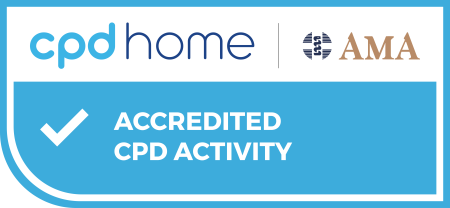Finding accredited CPD
The Introduction to Lasers course is structured into four comprehensive units, providing a detailed introduction to the science and practical application of lasers in aesthetic medicine. Presented by Dr. Nicholas Kokotis, this course covers key concepts and techniques needed to use lasers effectively and safely in a clinical setting.
Unit 1: Laser Physics and Safety
This unit introduces the fundamentals of laser physics, explaining how different wavelengths, pulse durations, and spot sizes affect laser-tissue interaction. Participants will learn about the importance of safety protocols, including eye protection, cooling mechanisms, and managing plume exposure. The unit also covers the basics of selective photothermolysis, the process through which lasers target specific chromophores in the skin, such as melanin or haemoglobin.
Unit 2: Pulse, Spot Size, and Fluence
This unit focuses on understanding key parameters that influence laser treatment outcomes, such as pulse duration, spot size, and fluence. By mastering these concepts, participants will learn how to control energy delivery to achieve optimal results while minimizing damage to surrounding tissue. Practical examples and analogies, such as comparing small and large vessels to peas and potatoes, help clarify how to adjust pulse duration based on the target size.
Unit 3: Vascular Conditions
In this unit, participants explore the use of lasers to treat vascular conditions such as telangiectasia, rosacea, and venous lakes. Dr. Kokotis explains how different wavelengths, including 532 nm and 1064 nm, are used to target superficial and deeper blood vessels, respectively. Cooling techniques and practical tips for effective treatments are also discussed, highlighting the immediate visible effects of laser treatments on vascular lesions.
Unit 4: Pigment, Hair, and Tattoo Removal
The final unit covers laser treatments for pigmentation, hair removal, and tattoo removal. Participants will learn about the different types of lasers, such as Q-switched lasers for tattoo removal and IPL for pigment and hair reduction. This unit also emphasises the importance of understanding the hair growth cycle and how laser treatments work best during the anagen phase to achieve long-term hair reduction. Practical advice on patient management and setting realistic expectations is provided.
This course offers a solid foundation in laser technology, ensuring participants can confidently apply these treatments in their aesthetic practice while maintaining high standards of safety and patient care.
Cost: $195
Suitable for: All degree qualified medical practitioners.
Study mode: 100% online
Disclaimer: Please note, once you click 'Register now' you will be leaving the AMA’s CPD Home website and entering a third-party education provider’s website. If you choose to register for this learning, you will need to provide some of your personal information directly to the third-party education provider. If you have any queries about how third-party education providers use, disclose or store your personal information you should consult their privacy policy.
Upon completion, your CPD activity record may take up to 4 weeks to be reflected on your CPD Home Dashboard.
You have to log in to see the content of this module.
Provided by
Accredited by
